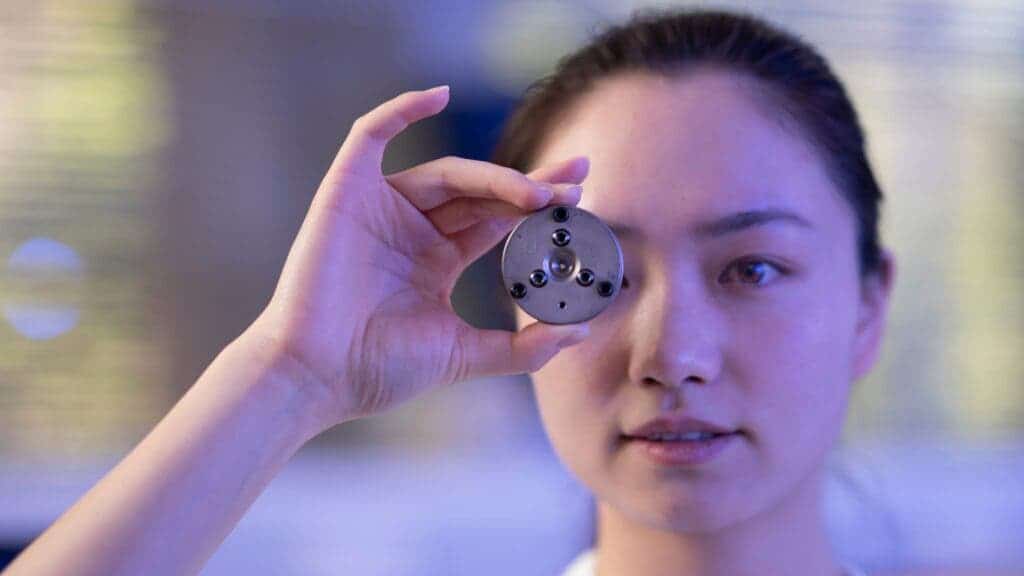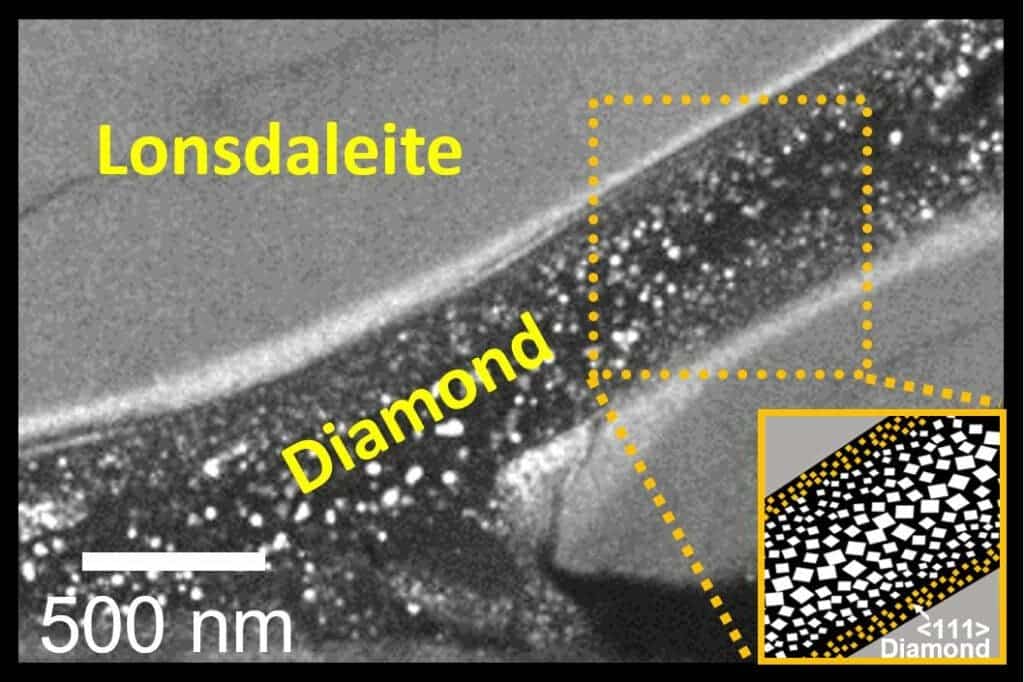
In nature, diamonds were formed billions of years ago deep within Earth’s crust under conditions of intense heat and pressure. Typically, diamonds form at depths of around 150-200 kilometers (93-124 miles) below the surface of Earth, where temperatures average 900 to 1,300 degrees Celsius (1650 to 2370 degrees Fahrenheit) and the pressure is around 50,000 times greater on the surface. This is also why diamonds are so coveted — it took millions of years to make them under special conditions.
But now, scientists in Australia are claiming that they can make diamonds in just a couple of minutes — and at room temperature to boot.
Diamonds are forever… but it shouldn’t take that long to make them
Since diamonds are so rare, geologists sought to develop methods to create artificial diamonds. It was only in the 1950s that Swedish and American scientists finally discovered how to convert graphite and molten iron into a synthetic diamond, fulfilling the literary prediction of Jules Verne.
The most common method for creating synthetic diamonds used in the industry is called high pressure, high temperature (HPHT). During HPHT, carbon is subjected to similarly high temperatures and pressures as the carbon that turned into diamonds billions of years ago.
In their new study, physicists at the Australian National University (ANU) and RMIT University in Melbourne described how they created two types of diamonds. One involves diamonds similar to the kind used in jewelry, the other is a harder-than-usual type called Lonsdaleite created by meteorite impacts.
The amazing thing is that both types of diamonds were generated at room temperature, which is a huge achievement, especially for the rare Lonsdaleite variety that is 58% harder than regular diamonds. However, scientists still had to apply immense pressure onto carbon atoms — the equivalent to 640 African elephants balancing on the tip of a ballet shoe.
“The twist in the story is how we apply the pressure,” says ANU Professor Jodie Bradby. “As well as very high pressures, we allow the carbon to also experience something called ‘shear’ – which is like a twisting or sliding force. We think this allows the carbon atoms to move into place and form Lonsdaleite and regular diamond.”

Small slices from the diamonds were cut and then put under the electron microscope so that the researchers could better understand their structure and how they formed. This way, they noticed the materials were formed within bands, which they call “rivers”.
“Our pictures showed that the regular diamonds only form in the middle of these Lonsdaleite veins under this new method developed by our cross-institutional team,” says RMIT’s Professor Dougal McCulloch. “Seeing these little ‘rivers’ of Lonsdaleite and regular diamond for the first time was just amazing and really helps us understand how they might form.”
These artificial diamonds are not meant as jewelry, although there wouldn’t be something wrong to use them in an engagement wrong. Instead, they’re meant for industrial applications where slicing through tough material is required or as protective shielding.
“Lonsdaleite has the potential to be used for cutting through ultra-solid materials on mining sites,” Bradby said in a statement.
The findings appeared in the journal Small.









